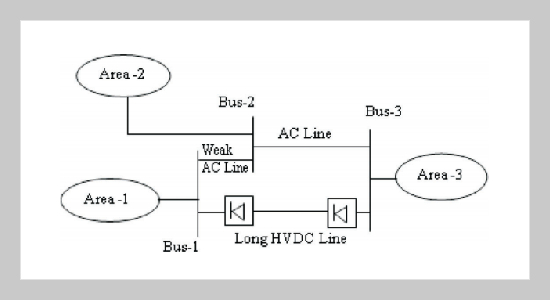REFERENCES
- [1] Akyildiz, I. F., Su, W., Sankarasubramaniam, Y. and Cayirci, E., “Wireless Sensor Networks: A Survey,” IEEE Communications Magazine, Vol. 38, pp. 393� 422 (2002).
- [2] Hill, J. L. and Culler, D. E., “Mica: A Wireless Platform for Deeply Embedded Networks,” Micro, IEEE, Vol. 22, pp. 12�24 (2002).
- [3] Mihaela Cardei My T. Thai, Li, Y. and Wu, W., “Energy-Efficient Target Coverage in Wireless Sensor Networks,” Proceedings of IEEE 24th Annual Joint Conference of the IEEE Computer and Communications Societies, INFOCOM 2005, Vol. 3, pp. 1976� 1984 (2005).
- [4] Deborah Estrin, John Heidemann and Ye, W., “An Energy-Efficient MAC Protocol for Wireless Sensor Networks,” Proceeding of IEEE 21th Annual Joint Conference of the IEEE Computer and Communications Societies, INFOCOM 2002, Vol. 3, pp. 1567� 1576 (2002).
- [5] Koen Langendoen and Tijs van Dam, “An Adaptive Energy-Efficient MAC Protocol for Wireless Sensor Networks,” Proceeding of the First ACM Conference on Embedded Networked Sensor Systems, pp. 171� 180 (2003).
- [6] Wu, H.-K. E., Chen, G.-H., Tseng, H.-W. and Yang, S.-H., “Utilization Based Duty Cycle Tuning MAC Protocol for Wireless Sensor Networks,” Proceedings of Global Telecommunications Conference, Vol. 6, pp. 3258�3262 (2005).
- [7] Qiaoand, C., Lin, P. and Wang, X., “Medium Access Control with A Dynamic Duty Cycle for Sensor Networks,” Proceedings of IEEE Wireless Communications and Networking Conference, WCNC 2004, Vol. 3, pp. 1534�1539 (2004).
- [8] Liao, W.-H., Wang, H.-H. and Wu, W.-C., “An Adaptive MAC Protocol for Wireless Sensor Networks,” Proceedings of Personal Indoor and Mobile Radio Communications (PIMRC), pp. 171�180 (2003).
- [9] Rajendran, V., Obraczka, K. and Garcia Luna-Aceves, J. J., “Energy-Efficient MAC: Energy-Efficient Collision-Free Medium Access Control for Wireless Sensor Networks,” Proceedings of ACM Conference On Embedded Networked Sensor Systems, Vol. 12, pp. 63�78 (2006).
- [10] Ren, Q. and Liang, Q., “An Energy-Efficient MAC Protocol for Wireless Sensor Networks,” IEEE Global Telecommunications Conference (2005).
- [11] Yang, X. and Vaidya, N. H., “A Wakeup Scheme for Sensor Networks: Achieving Balance Between Energy Saving and End-to-End Delay,” Real-Time and Embedded Technology and Applications Symposium, 2004. Proceedings. RTAS 2004. 10th IEEE, pp. 19�26 (2004).
- [12] Miller, M. J., Sengul, C. and Gupta, I., “Exploring the Energy-Latency Trade-Off for Broadcasts in EnergySaving Sensor Networks,” IEEE International Conference Distributed Computing Systems (ICDCS), pp. 17�26 (2005).
- [13] LAN MAN Standards Committee of the IEEE Computer Society, “IEEE Std 802.11-1999, Wireless LAN Medium Access Control (MAC) and Physical Layer (PHY) specifications,” IEEE (1999).
- [14] Suh, C. and Ko, Y. B., “A Traffic Aware Energy Efficient MAC Protocol for Wireless Sensor Networks,” IEEE International Symposium on Circuits and Systems Circuits and Systems (ISCAS), Vol. 3, pp. 2975� 2978 (2005).
- [15] Yun Wang Demin, Wang Wei huang Fu and Dharma P. Agrawal, “Hops-Based Sleep Scheduling Algorithm for Enhancing Lifetime of Wireless Sensor Networks,” Mobile Ad Hoc and Sensor Systems (MASS), pp. 709� 714 (2006).
















